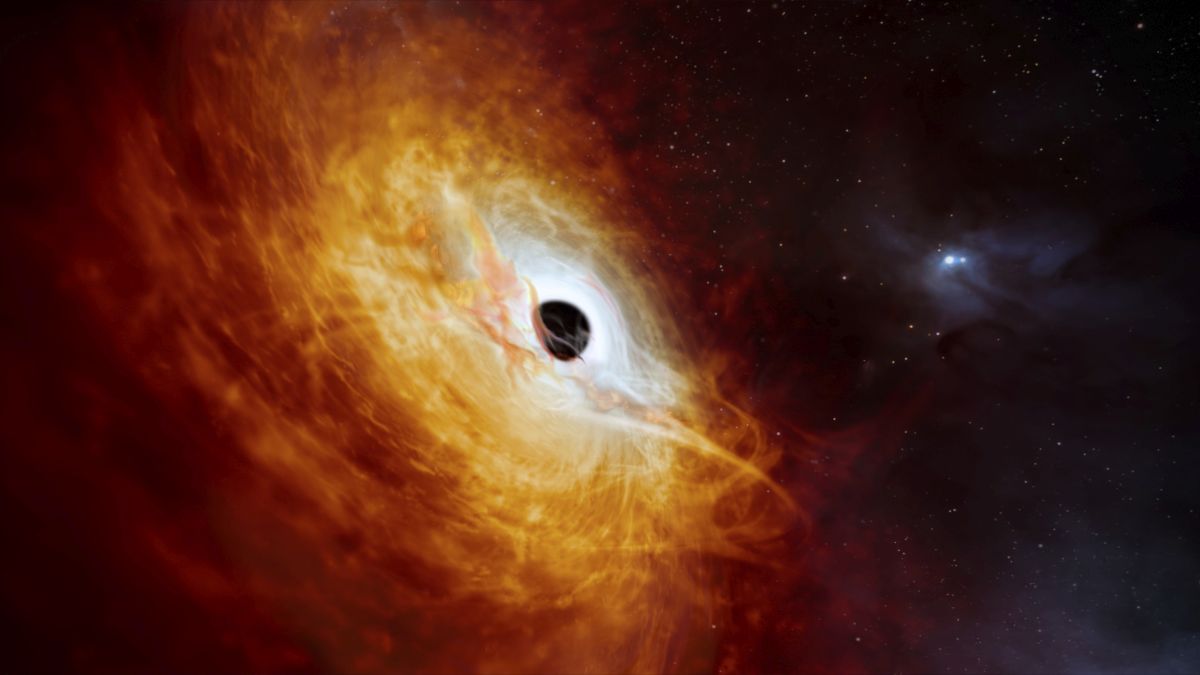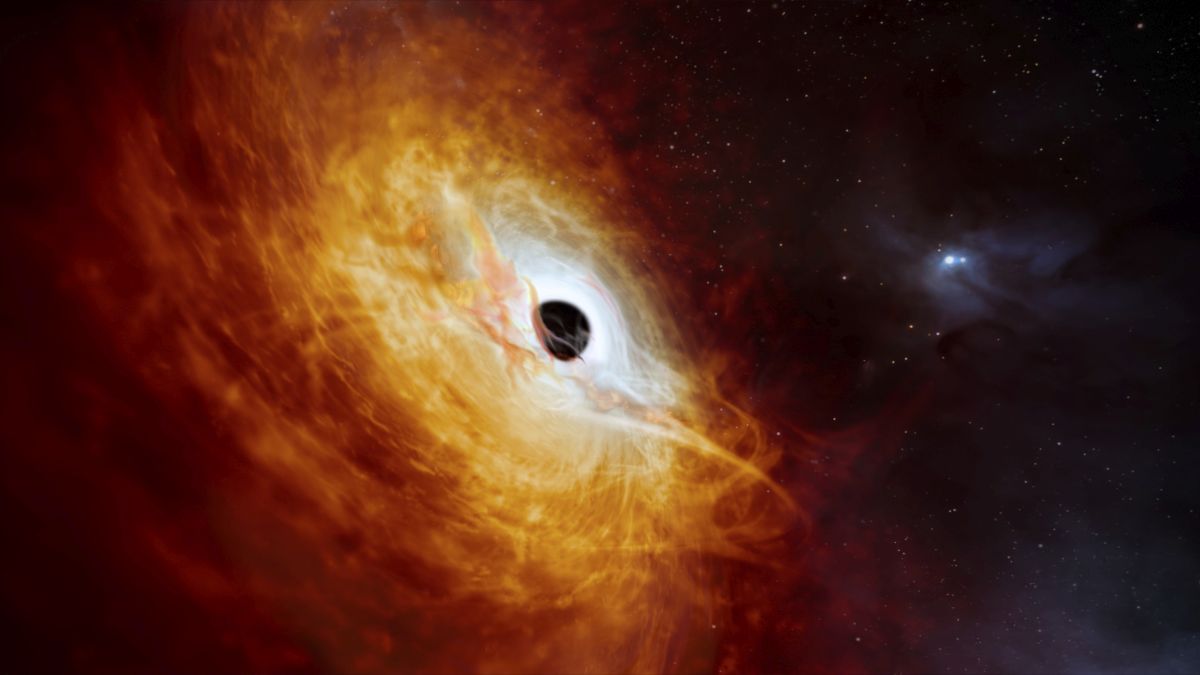Tokyo: Solar physicists have captured the first direct observational signatures of a solar phenomenon that has eluded the world of science for over 70 years.
This new information can explain how the solar corona reaches temperatures of 1,000,000 degrees Celsius – the so called “coronal heating problem”. Resonant absorption is a process where two different types of magnetically driven waves resonate, strengthening one of them. Researchers looked at a type of magnetic waves which can propagate through a prominence - a filamentary structure of cool, dense gas floating in the corona.
The team found that magnetically driven resonance helps heat the Sun’s atmosphere.
The solar corona, the outer layer of the Sun’s atmosphere, is composed of extremely high temperature gas, known as plasma, with temperatures reaching millions of degrees Celsius.
As the outer layer of the Sun, the part farthest from the core where the nuclear reactions powering the sun occur, it would logically be expected to be the coolest part of the Sun.
“But it is 200 times hotter than the photosphere, the layer beneath it,” the authors said.
This contradiction, dubbed as “the coronal heating problem,” has puzzled astrophysicists ever since the temperature of the corona was first measured over 70 years ago.
For this, a research team from Japan, the US and Europe led by Drs Joten Okamoto and Patrick Antolin combined high-resolution observations from JAXA’s Hinode mission and NASA’s IRIS (Interface Region Imaging Spectrograph) mission.
They were able to detect and identify the observational signatures of resonant absorption.
“The work shows how the power of multiple satellites can be combined to investigate long-standing astrophysical problems and will serve as an example for other research looking for similar heating in other solar observations,” the team said.
The results were published in The Astrophysical Journal.
IANS


)




)
)
)
)
)
)
)
)